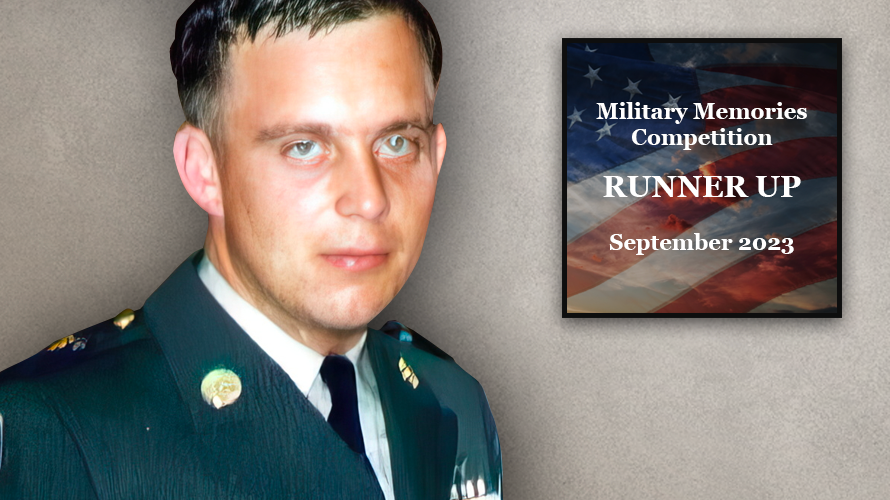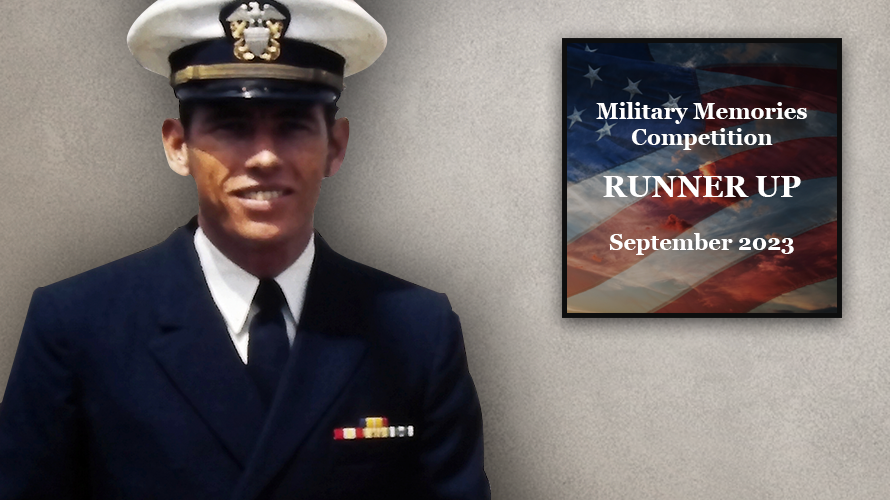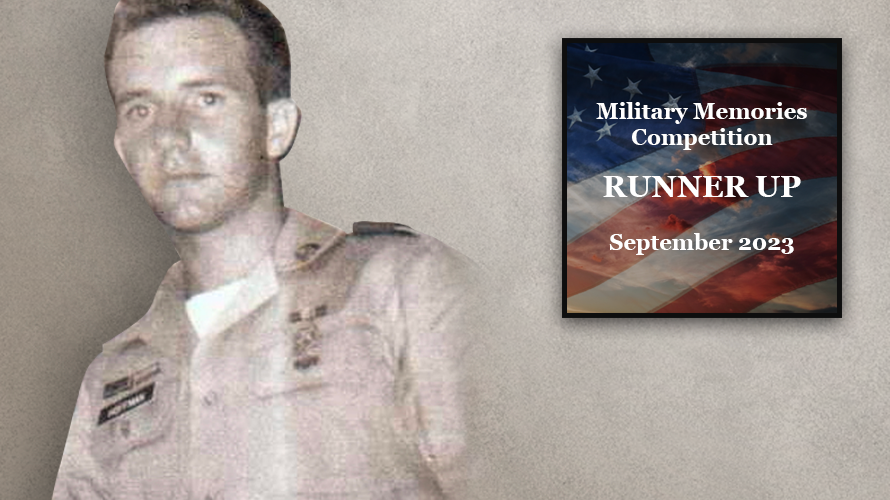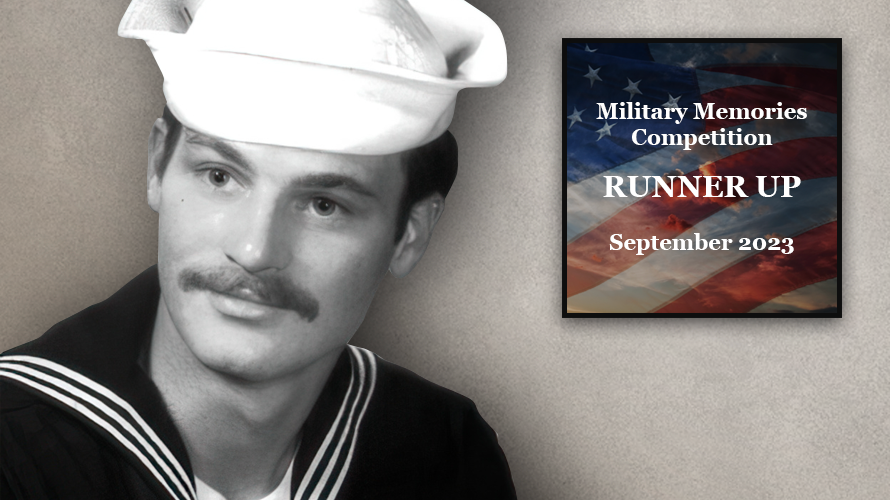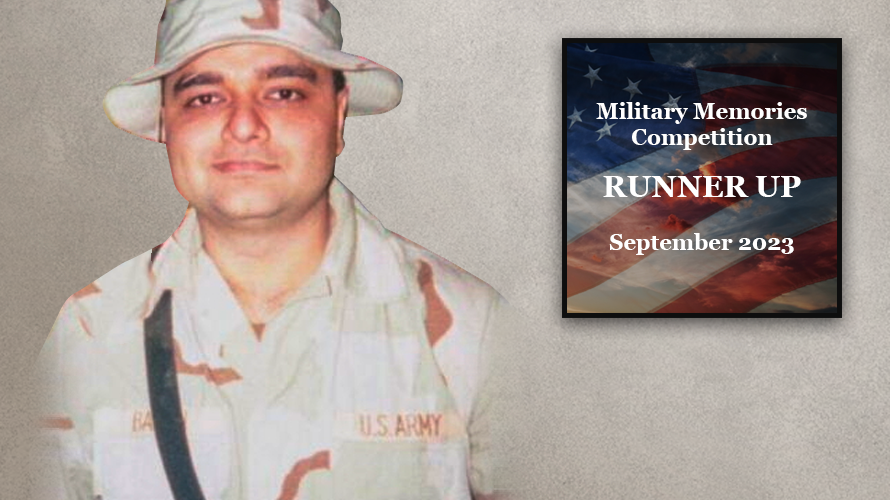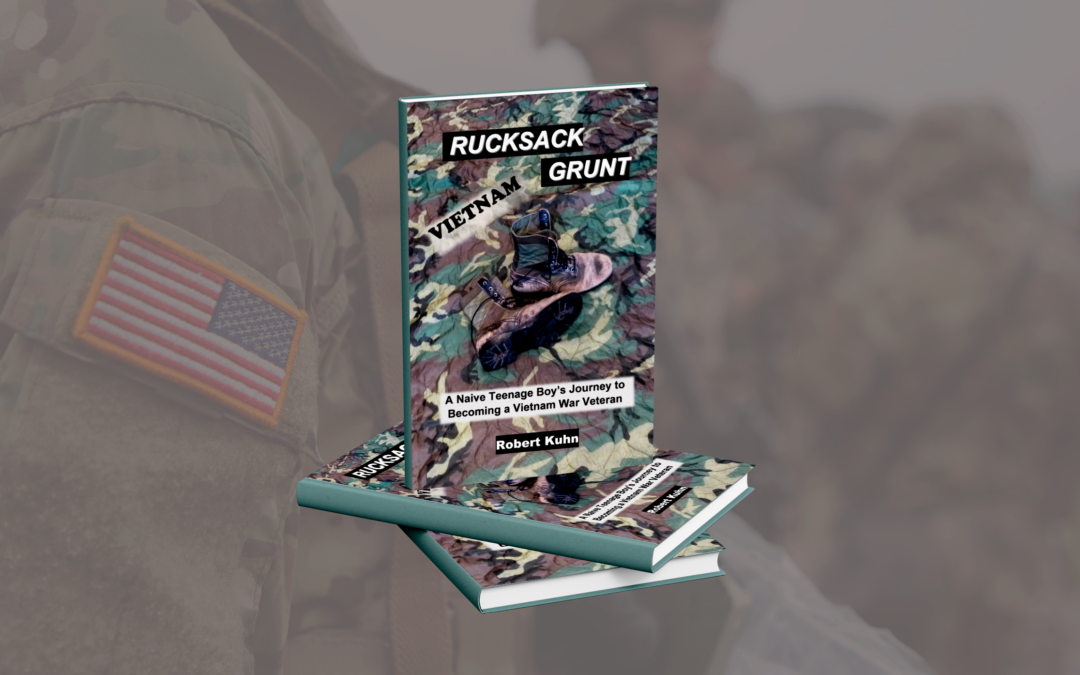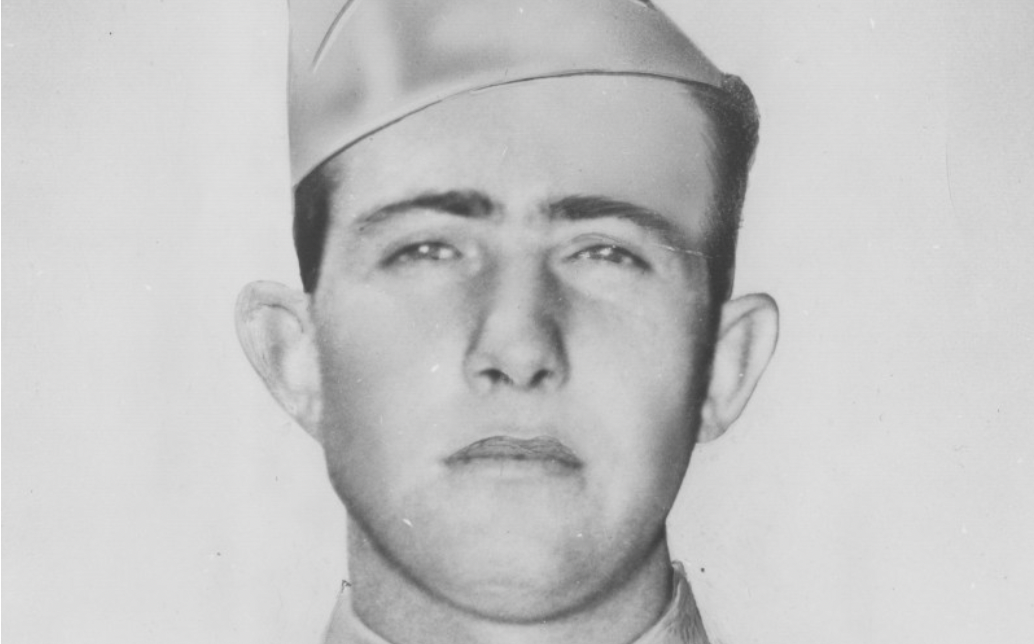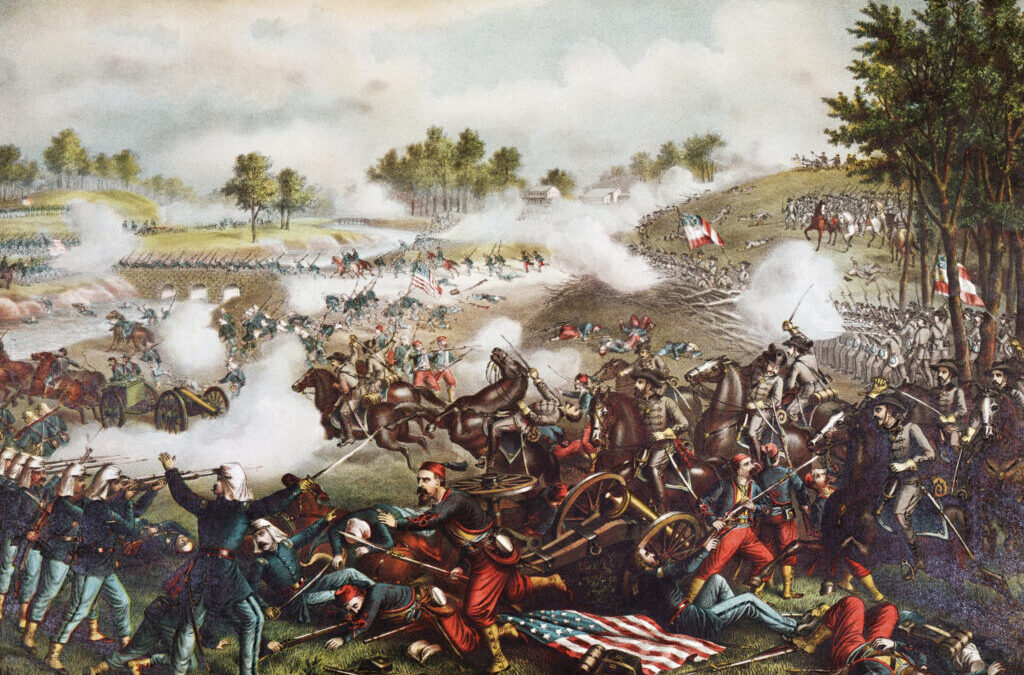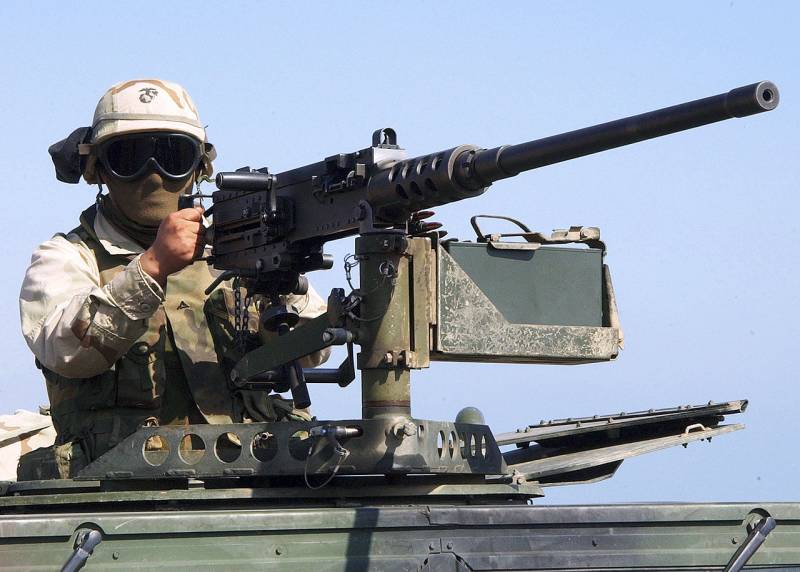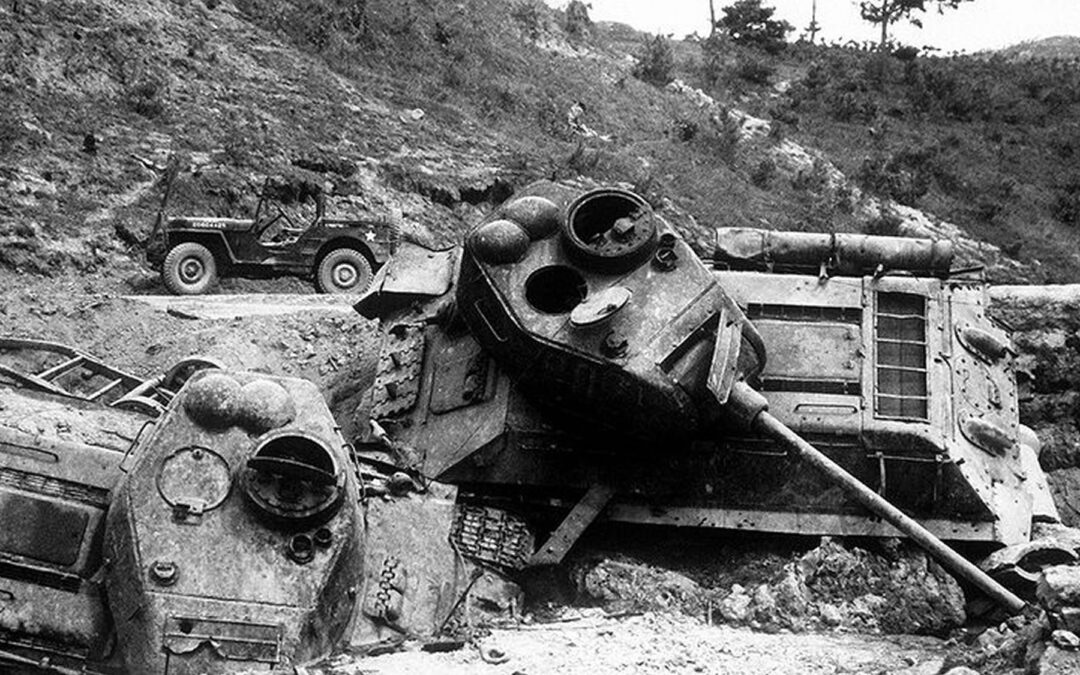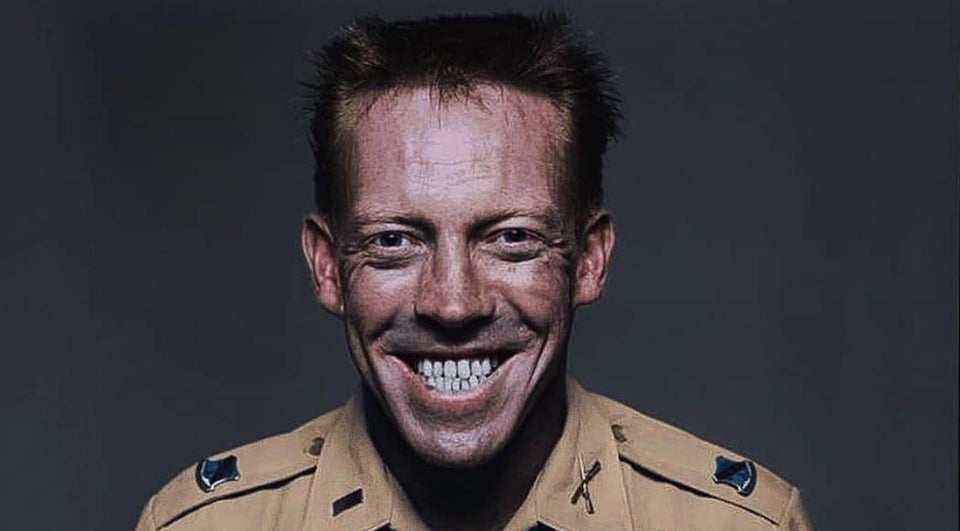What was your favorite bar/ recreational establishment from your Military Service? What do you remember most about this place and do you know if it still exists?:
The Vung Tau Airfield NCO Club – 1966. On March 11, 1966, three months after I arrived in Vung Tau, Viet Nam, the NCO club served pizza. I loved pizza. So, hearing it was on the NCO Club menu, I hurried to get mine. A half a kilometer from the Club, my nostrils flared and I wiped drool from my mouth with the back of my hand as the smell of baking pizza dough wafted by. Before I opened the door, I could already taste the succulent wedges loaded with spicy pepperoni, steaming tomato sauce, and cheese that spilled off the edges.
Inside, the smoke-filled Quonset hut buzzed like a squadron of WWI bi-planes in a dogfight as others chomped, chewed, drank beer, bullshitted, and belched approval.
Huong, the Vietnamese waiter, came to my table, pad in hand, pencil on ear. He had read my mind. “You want pizza pie?”
“I’ll take a pepperoni pizza with extra pepperoni, Huong.” I wiped my drooling mouth again, this time with a paper napkin.
“No have pepperoni pizza,” Huong said.
“Then give me a sausage pizza with extra sausage and black olives,” I said, leaning back in my chair.
“No have sausage pizza.”
“Well, Jeezus H,” I sat back up. “What kind of pizza do you have?”
Huong smiled, obviously pleased with my irritation. “Have cheese and Veenamese pepper pizza is all.”
“Then bring me a cheese and pepper pizza with extra pepper and a beer.”
Huong padded off to the kitchen and within fifteen minutes, I had my pizza. With two hands I guided the pointed end of a steaming wedge into my mouth. I bit. I chewed. The melted American cheese tasted heavenly. The Vietnamese hot peppers had been grown in Hell. Fire scorched my tongue and the roof of my mouth. Tears streamed from my eyes. Smoke must’ve poured from my ears. I gulped down my beer and ordered two more before eating another piece.
After four slices, my mouth and tongue had gone numb and I could no longer taste the pizza. I finished it without a whimper. Three beers later, I paid my tab, whistled all the way back to the tent, and plopped on my cot. Twenty minutes after I laid down, my stomach began to work on the meal. Internally, the peppers fired burp guns at pizza slices which lobbed gas canisters back. My tent mates complained each time I belched or farted. Frog Fogarty moved his cot outside.
Some time later, the pizza wars ended and I dropped off to a fitful sleep. In my dreams, a blazing wheel chased me around the compound and I burped fire.
The next morning, after I showered, shaved, and ate breakfast, I headed for the latrine. If I had known my rear was going to catch fire, I would have taken a fire extinguisher with me. It took a few minutes before I realized that the pizza wars hadn’t ended. The Vietnamese peppers were now firing parting shots.
Regardless of all that, the hot pepper pizza proved so popular that the NCO Club was always full.
Obviously, the Vung Tau NCO Club is no longer in existence. Did the hot peppers burn it down? No one knows, but it’s a definite possibility.
